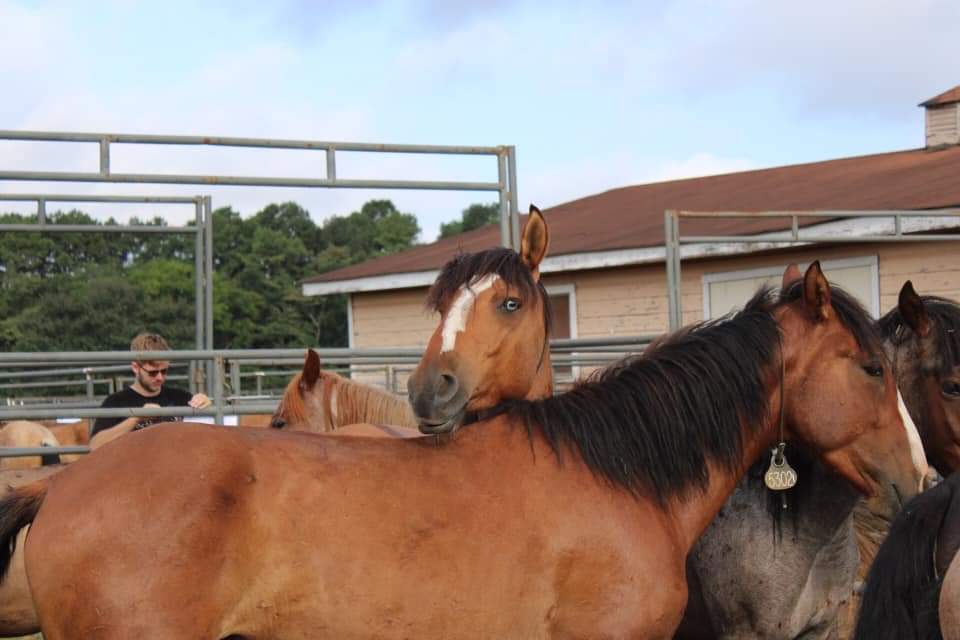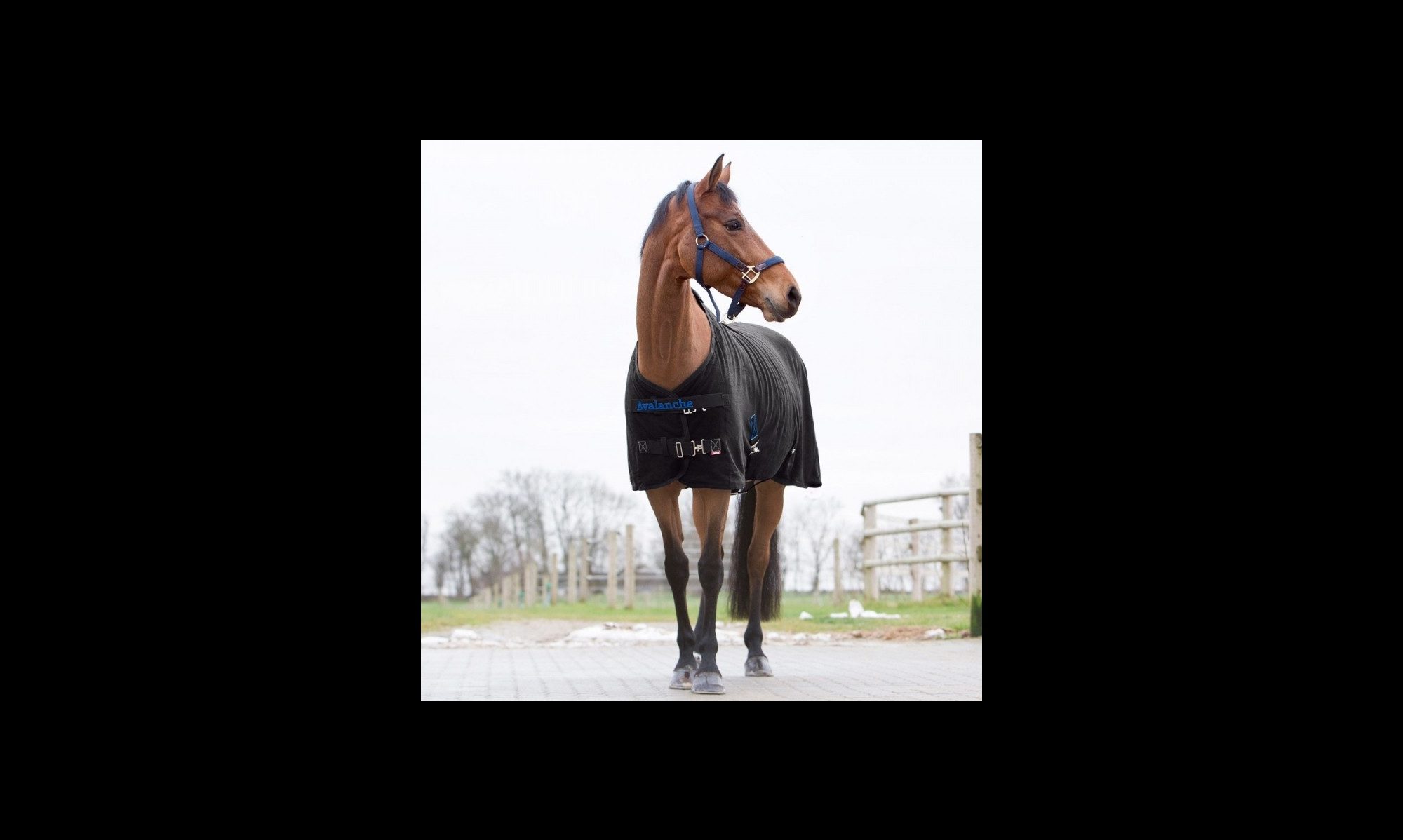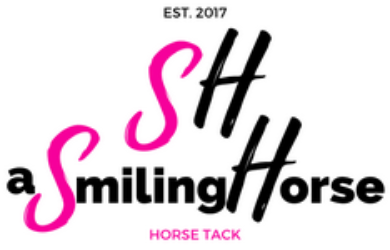What is a Mustang?
Mustangs are wild (feral) horses found in the Western United States. In March 2020 there were an estimated 95,000 Mustangs on the range managed by the Bureau of Land Management. Mustang herds started when Spanish explorers in the West abandoned their Iberian horses when they went back to Spain in the 16th century. In fact, the word Mustang comes from the Spanish word mestengo. As the American Indians captured and tamed the Mustangs, they profoundly impacted Indian life and culture. Over many years, the original Spanish stock was enriched with horses from the French territories, German East Friesians from the US Calvary and thoroughbreds. Today, Mustangs are a medium-sized breed with a wide variety of colors.

What is the Mustang Challenge?
Imagine picking up a wild mustang horse between 1 and 5 years old that has known nothing but the open range since the day it was born, gentling it and teaching it to do a specific set of tasks in only 90 days. That’s what the Mustang Challenge is all about. The Mustang Challenge is sponsored by the Mustang Heritage Foundation to support their Trainer Incentive Program (TIP) which provides a source of gentled Bureau of Land Management mustangs for adoption.

What do trainers do with the horses for the Mustang Challenge?
The Mustang Challenge is an in-hand competition where the mustangs are judged on skills such as backing up, trotting, pivoting and having their feet handled as well as how the horses handle tasks such as walking over a bridge, loading up in a trailer or being exposed to something they’ve never seen before. Since the Mustangs are completely wild when captured, trainers must first gain the horse’s trust before they can begin training in earnest. Imagine getting all that work done in just 90 days.

Why don’t they just let the horses stay in the wild? Why round them up?
Mustang herds live in open public range lands out west. The Bureau of Land Management (BLM) is responsible for taking care of this land and the animals that use it. With no natural predators, a wild horse herd can double in size in 4-5 years and grow too big for the land to feed them. So once a year the BLM gathers horses 1-5 years old from herds across the west and works with the Mustang Heritage Foundation and other partners to distribute them to trainers who prepare them for adoption.

Who can be a trainer?
The Mustang Heritage Foundation manages the certification of trainers for the Trainer Incentive Program. Anyone over the age of 18 with a facility that meets program requirements can apply to be a trainer; previous experience training horses is necessary. There are also Youth Mustang Challenges. Youth between 8 and 17 may adopt a Mustang and accept a 90-day Challenge sponsored by an approved trainer in the Trainer Incentive Program.
Why do trainers do this challenging work?
First, they love mustangs. Second, the reward of working with a wild horse who fears the touch of a human hand and bringing them along to the point where they are gentled, trusting and able to perform the basic tasks required to be a partner with their human can’t be measured. Finally, there is the joy of being in a supportive community of other trainers (many of whom are women) who are devoted to the Mustang horses they work with.
How do I adopt a Mustang?
Mustangs who have been through the 90-day Mustang Challenge are put up for adoption. Find a TIP trainer through the Mustang Heritage Foundation or look on their Facebook page for adoptable Mustangs. Meet your Mustang and trainer to make sure there is a good fit. Application for adoption is made through the BLM and upon approval, your new partner is welcome to come home with you!

Want more information?
Bureau of Land Management, Wild Horse and Burro Program https://www.blm.gov/whb
Mustang Heritage Foundation https://mustangheritagefoundation.org/
Mustang Heritage Foundation Youth Programs https://mustangheritagefoundation.org/youth/
Every tack you need for your horse is on www.aSmilingHorse.com


